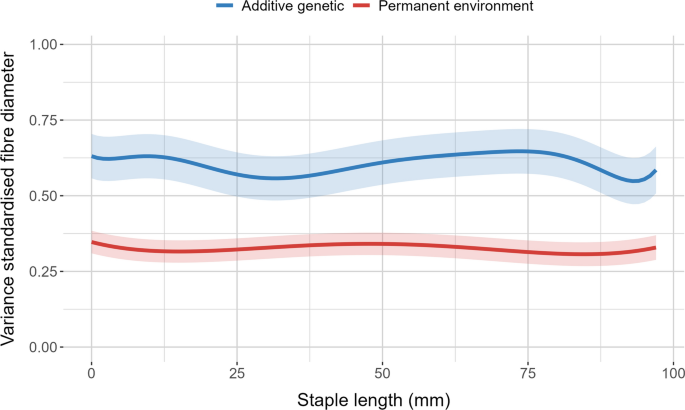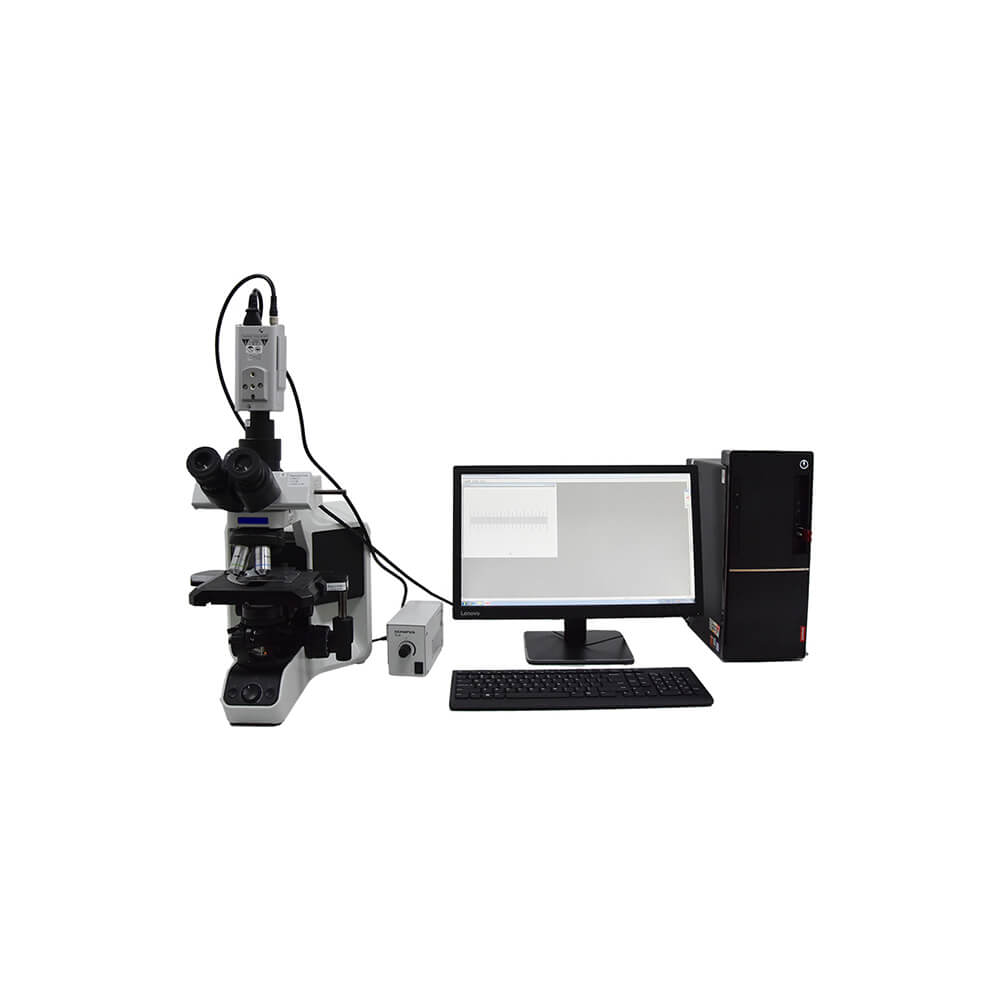Benefits of Using an Optical Fibre Diameter Analyser in Telecommunications
Benefits of Using an Optical Fibre Diameter Analyser in Telecommunications
Blog Article
Optimize Your Fibre Optic Performance: Understanding Optical Fiber Size Analyser Technology
The performance of fibre optic systems is critically influenced by the precision of their size, a variable frequently ignored in the quest of optimum signal honesty. Recognizing the technology behind optical fibre size analysers exposes the detailed balance between dimension precision and manufacturing top quality. These tools not just boost conformity with sector requirements however additionally give real-time understandings that can preemptively deal with potential concerns. The implications of their use prolong beyond plain dimension; they can essentially change the landscape of fiber optic performance. What elements should one take into consideration to harness their full potential?
Relevance of Optical Fiber Diameter
The diameter of optical fiber plays an essential role in determining the efficiency and performance of communication systems. Alternatively, smaller sizes tend to support less settings, which can enhance signal clarity and minimize crosstalk.

Additionally, comprehending the size's ramifications can cause set you back financial savings by minimizing the demand for signal boosting and repeaters in extensive networks (optical fibre diameter analyser). Finally, the significance of optical fiber size can not be overstated, as it straight impacts the total efficiency and reliability of modern communication systems

Just How Diameter Impacts Signal Quality
Signal top quality in optical fibre systems hinges substantially on the diameter of the fiber. A smaller sized size can lead to higher attenuation rates, resulting in signal loss as light journeys with the fibre.
Alternatively, bigger diameters normally permit for improved light capture and minimized modal dispersion, enhancing signal quality. In multimode fibres, a bigger core diameter can sustain several light modes, however it might additionally introduce intermodal diffusion, which can degrade signal high quality. Picking the optimal fiber diameter is vital for achieving the wanted performance in specific applications.
Moreover, the interaction between the fibre diameter and the wavelength of the light utilized plays an important duty in identifying the efficient transmission distance and overall signal integrity. Understanding just how fibre diameter influences signal top quality is vital for network developers and designers making every effort to maximize optical fibre systems for reputable, high-speed information transmission.
Overview of Diameter Analyser Modern Technology
In numerous optical fiber production procedures, exact dimension of fiber diameter is important for making certain consistent performance and quality (optical fibre diameter analyser). Diameter analysers are advanced tools designed to over at this website evaluate the physical dimensions of optical fibres with high accuracy. They use advanced optical and laser modern technologies to determine the size, ovality, and concentricity of the fibre, therefore providing important information for quality assurance
These analysers can operate in-line during the manufacturing process or as part of off-line testing procedures. In-line systems make it possible for real-time tracking, permitting manufacturers to adjust specifications instantly, thus maintaining ideal production problems. Off-line analysers, on the other hand, supply extensive assessments of batches, making sure that any type of inconsistencies from specified resistances are identified and attended to.
Diameter analysers significantly add to the reduction of problems in optical fibers, boosting total product dependability. By regularly measuring key parameters, these innovations facilitate Discover More conformity with industry criteria and specifications. As the need for high-performance optical fibres continues to rise, the function of size analysers ends up being progressively essential in accomplishing the preferred top quality and performance criteria in fibre optic systems.
Key Features of Fibre Diameter Analysers
Although numerous designs of fibre size analysers exist, they frequently share several crucial features that boost their performance and reliability. One of the most considerable functions is high-resolution measurement capabilities, which make sure accurate size readings, important for keeping quality assurance in fiber manufacturing. Additionally, several analysers incorporate advanced optical sensors designed to discover minute variants in fibre size, thus giving important data for procedure optimization.
One more vital function is real-time surveillance, enabling drivers to receive immediate responses on fiber size throughout the manufacturing procedure (optical fibre diameter analyser). This ability promotes fast changes and minimizes the probability of issues. Lots of analysers also come outfitted with easy to use interfaces, making it possible for drivers to easily navigate through setups and information results
Moreover, robust information storage space and evaluation functionalities are important for tracking historic performance patterns and ensuring compliance with market criteria. These attributes jointly contribute to the effectiveness of fiber size analysers in enhancing fiber optic performance.
Finest Practices for Fiber Optimization

First, normal calibration of optical fibre size analysers is essential. This guarantees precise dimensions and lessens potential inconsistencies that might influence performance. Next off, preserving a tidy working setting is essential; dirt and impurities can result in signify degradation.
Additionally, it is necessary to choose fibres that meet specific application needs. This entails examining factors such as attenuation, data transfer, and environmental problems. Appropriate setup techniques ought to also be stuck to, consisting of avoiding sharp bends and too much tension, which can compromise fibre stability.
Moreover, using sophisticated monitoring systems can facilitate real-time efficiency assessments, enabling timely identification of concerns. Regular testing and upkeep should be conducted to ensure that fibers continue to be within ideal operational specifications.
Finally, training employees on the informative post latest fibre optimization innovations and methods will certainly boost their ability to carry out effective methods. By following these ideal techniques, companies can significantly boost the performance and life expectancy of their optical fibre systems, ensuring efficient communication and information transfer.
Conclusion
In final thought, the combination of optical fiber diameter analyser technology is essential for making best use of fiber optic efficiency. By ensuring accurate dimensions of fiber measurements, these analysers dramatically enhance signal high quality and lower losses during data transmission.
Signal high quality in optical fibre systems pivots considerably on the diameter of the fibre.In several optical fibre production procedures, accurate measurement of fibre size is essential for ensuring consistent performance and quality. As the need for high-performance optical fibres continues to rise, the role of size analysers ends up being increasingly vital in attaining the desired quality and efficiency requirements in fiber optic systems.
These attributes collectively add to the efficiency of fiber diameter analysers in enhancing fibre optic performance.
In verdict, the integration of optical fiber diameter analyser technology is crucial for taking full advantage of fibre optic efficiency.
Report this page